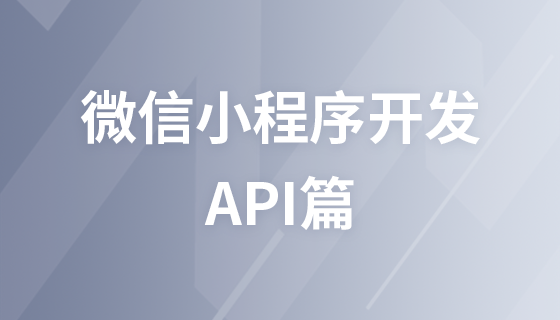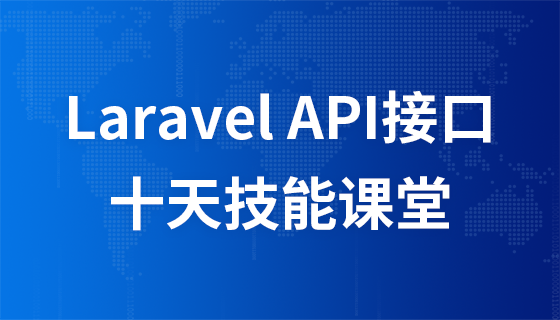为了优化 golang api 框架的性能,最佳方法是选择 gin 或 echo 框架,并应用以下技巧:使用 sync.pool 管理 goroutine 以提高并发性;减少路由配置以加快启动速度;启用 gzip 压缩以缩小响应大小;优化数据库交互以提高效率;使用缓存来减少数据库负载。

对于高性能 API 应用程序,正确配置和优化框架至关重要。本文将探讨 Golang API 框架的性能优化和最佳设置技巧,并提供实际示例。
1. 并发管理
使用 sync.Pool 管理 Goroutine 以避免创建新 Goroutine 的开销。
立即学习“go语言免费学习笔记(深入)”;
type MyType struct { /*...*/ }
var pool sync.Pool
func GetMyType() *MyType {
v := pool.Get()
if v == nil {
return &MyType{}
}
return v.(*MyType)
}
func PutMyType(t *MyType) {
pool.Put(t)
}2. 路由复用
减少路由配置以提高应用程序启动速度。
import "github.com/gin-gonic/gin"
func main() {
r := gin.New()
r.GET("api/v1/:id", func(c *gin.Context) {
id := c.Param("id")
// ...
})
r.GET("api/v2/:id", func(c *gin.Context) {
id := c.Param("id")
// ...
})
}3. 启用 GZIP 压缩
启用 GZIP 压缩以减小 HTTP 响应大小。
import "github.com/gin-gonic/gin"
func main() {
r := gin.New()
r.Use(gin.Gzip(gin.DefaultCompression))
}4. 优化数据库交互
5. 缓存
实战案例
优化 API 并发处理
import (
"context"
"sync/atomic"
)
var count uint64
func main() {
r := gin.New()
r.GET("/api/v1/count", func(c *gin.Context) {
atomic.AddUint64(&count, 1)
c.JSON(200, count)
})
}通过使用 sync/atomic 类型,可以安全地处理并发计数器更新,而无需使用锁。
利用 GZIP 压缩
import (
"github.com/gin-gonic/gin"
"net/http/httptest"
"testing"
)
func TestGZIPCompression(t *testing.T) {
r := gin.New()
r.Use(gin.Gzip(gin.DefaultCompression))
r.GET("/api/v1/test", func(c *gin.Context) {
c.String(200, "hello world")
})
w := httptest.NewRecorder()
req, _ := http.NewRequest("GET", "/api/v1/test", nil)
req.Header.Set("Accept-Encoding", "gzip")
r.ServeHTTP(w, req)
// 检查响应是否已压缩
if w.Header().Get("Content-Encoding") != "gzip" {
t.Error("GZIP compression not enabled")
}
}以上就是Golang API框架性能优化和最佳设置的详细内容,更多请关注php中文网其它相关文章!




Copyright 2014-2025 https://www.php.cn/ All Rights Reserved | php.cn | 湘ICP备2023035733号